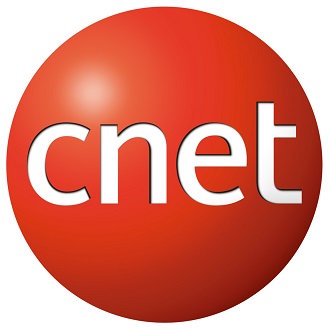Microsoft has operating system patents; Linux has none

This post was also published in CNET News. The uproar in the open-source community over Microsoft's embrace of Novell says a lot. It reveals that many open-source backers fundamentally don't understand the software business. When vendors compete, customers win. This is good. Contrary to the numerous rants in the open-source community, the recent deal between Microsoft and Novell --in which the companies have agreed to interoperability, reselling and patent protection--is actually an excellent business deal and a good thing for the open-source community . Microsoft is growing up after its antitrust issues. It is actually listening to its customers. Chief information officers have been telling Microsoft for years that they are sick of interoperability issues and that Microsoft has to stop acting like a big baby and learn to play well with others . The good news here is that Linux is now woven into the business fabric of every major company. The reality of the technology business




